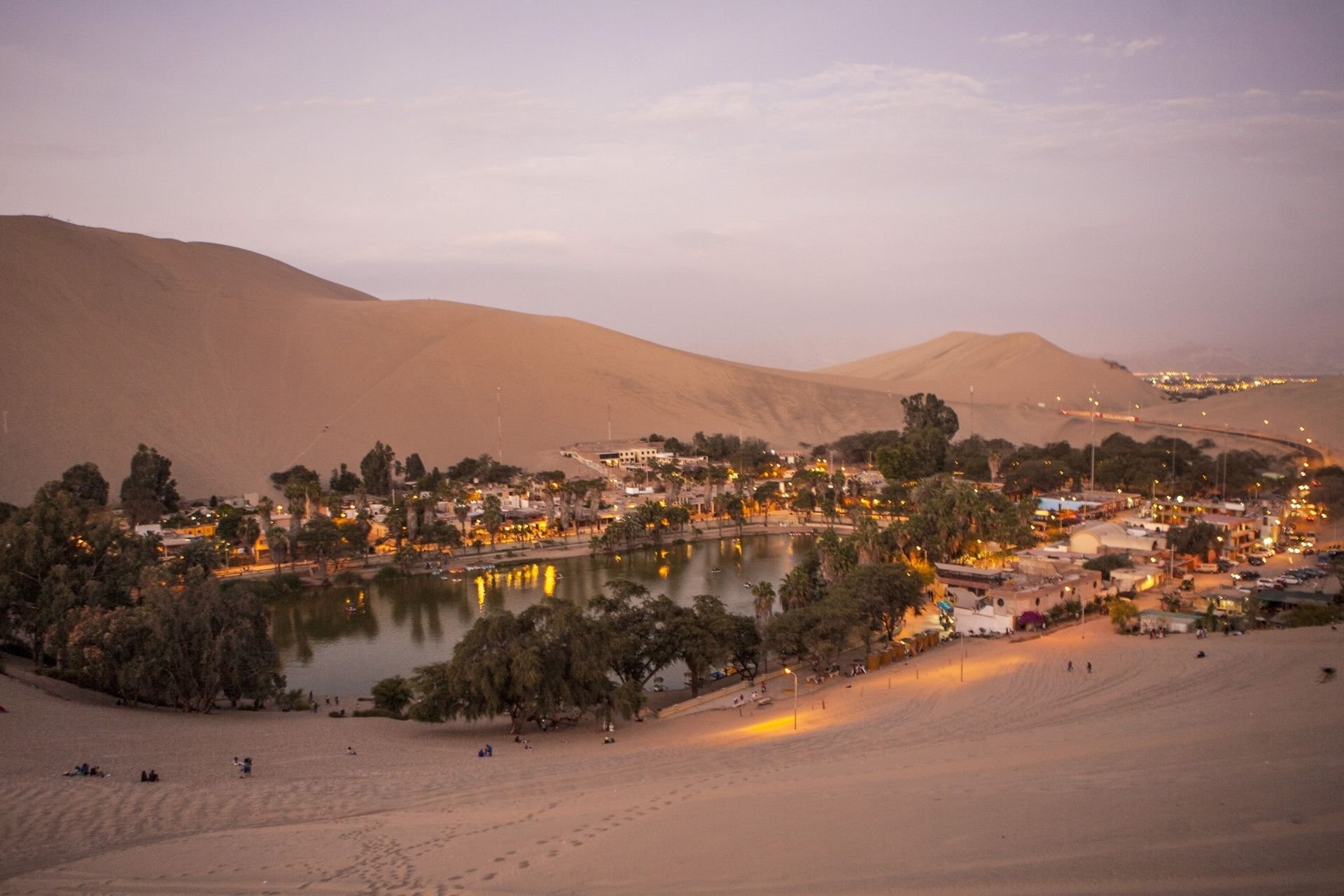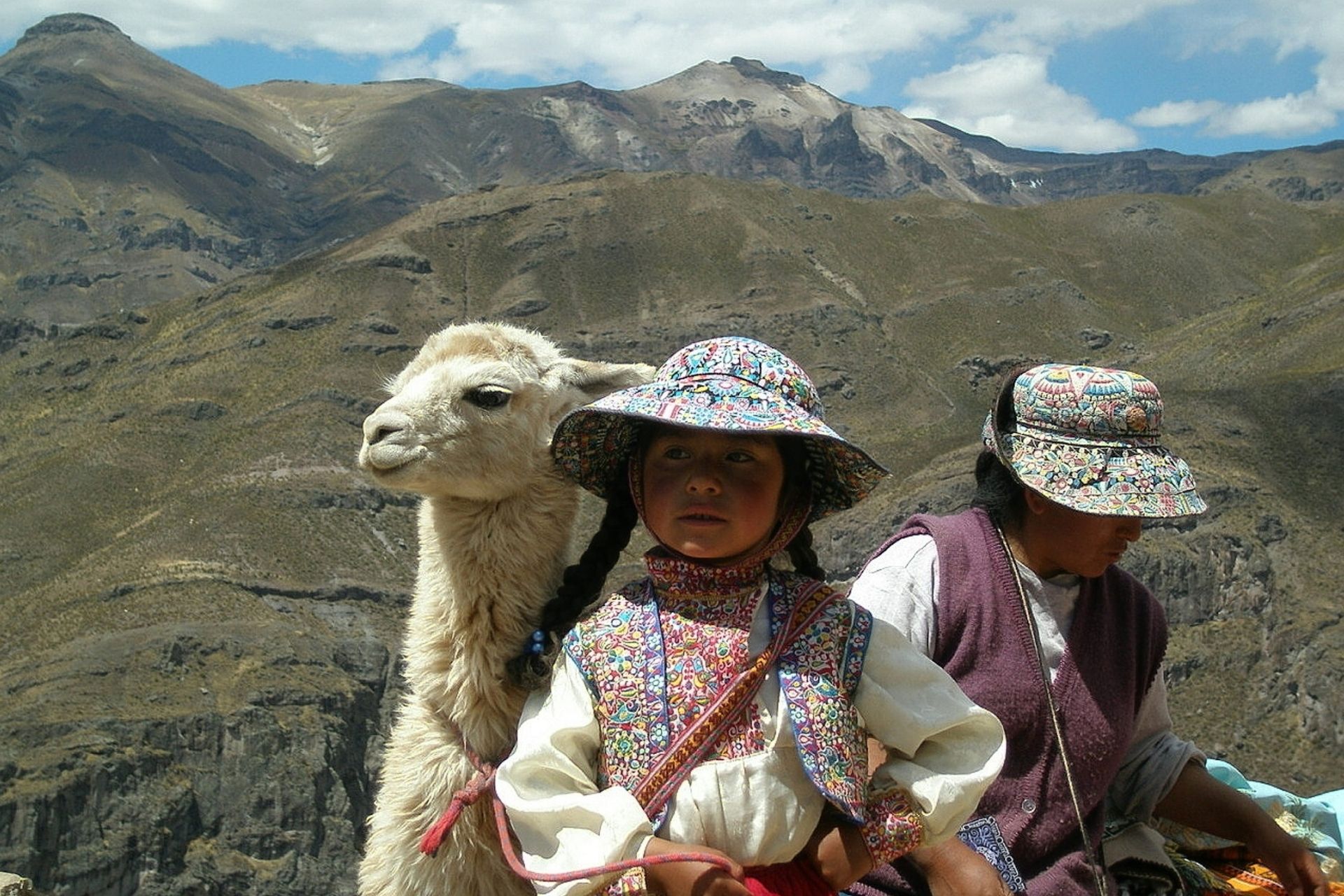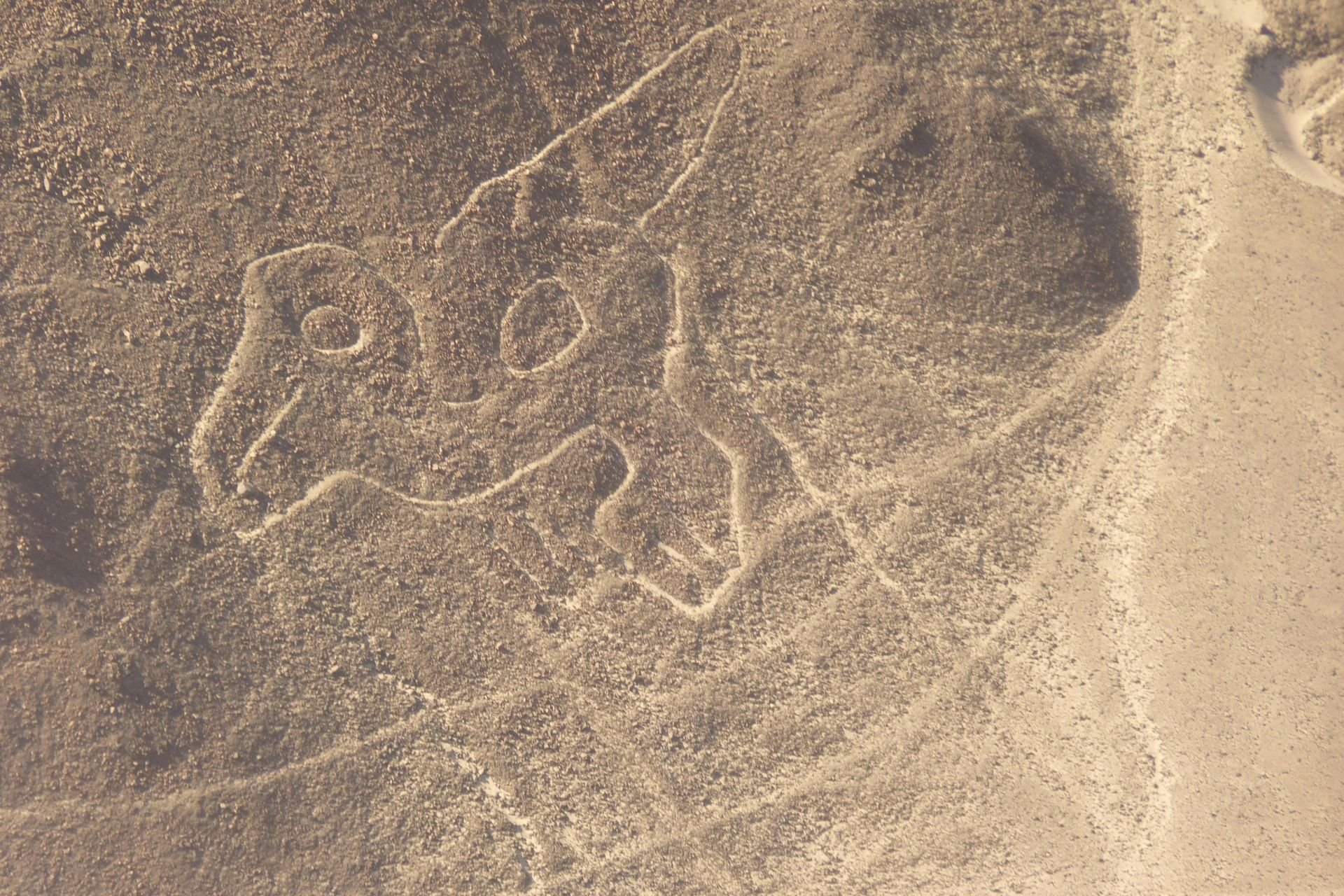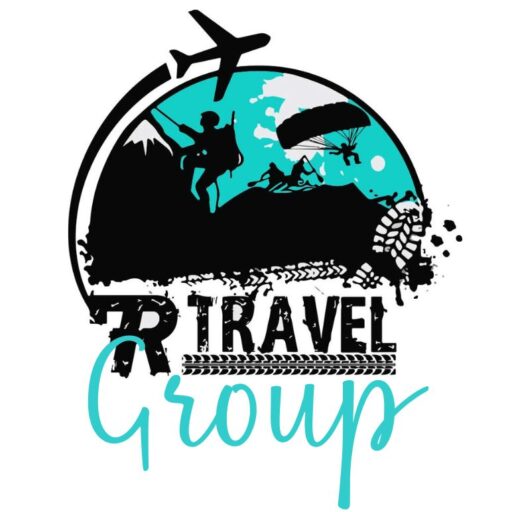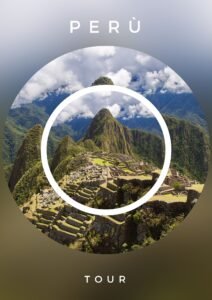Peru
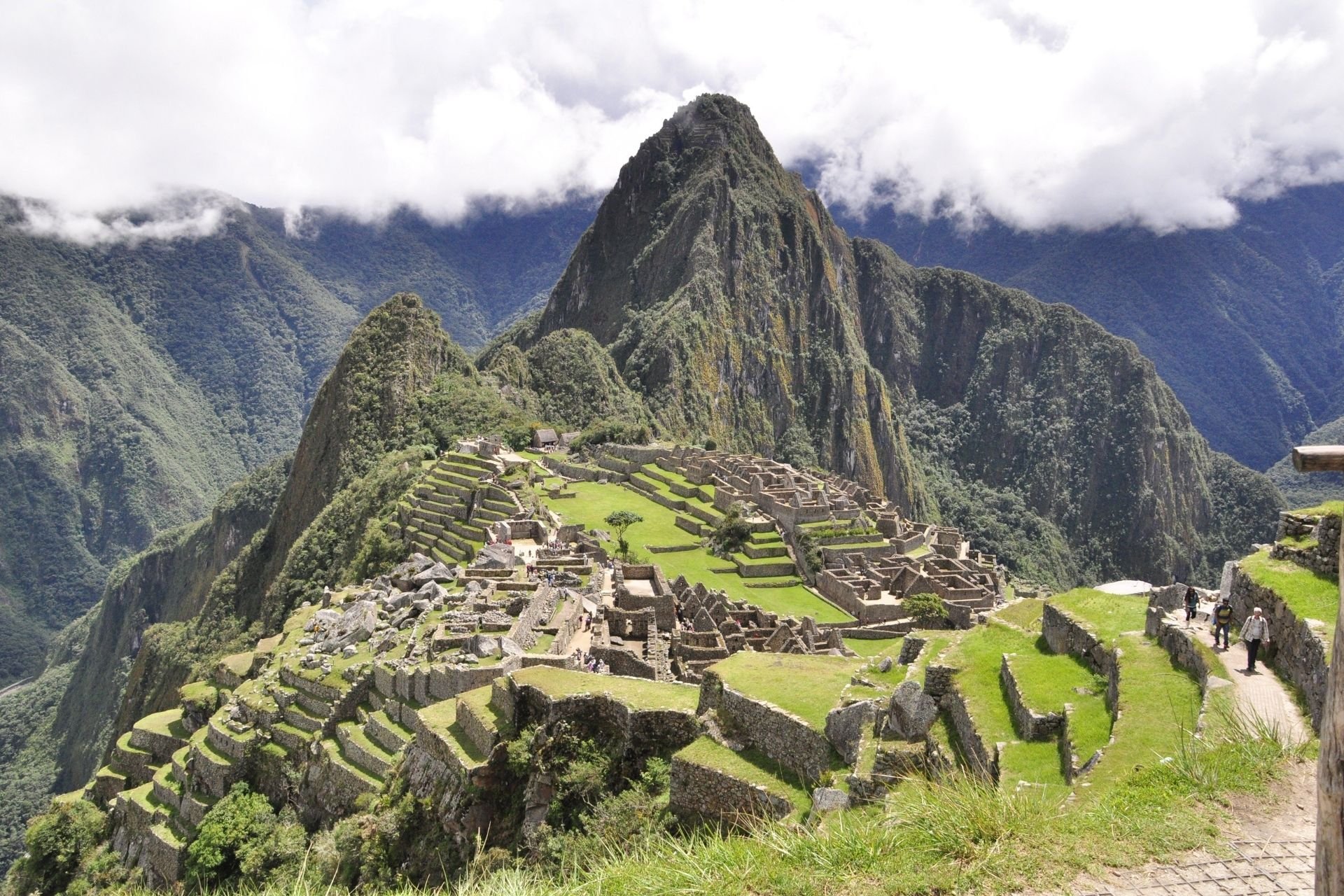
Sports and adventures
Here we present the sports activities that we believe are a must try.
On the Sport page you will find the technical data sheets of the sporting activities.
Get inspired and then contact us to design your personalized itinerary. We will prepare an on-site travel program that reflects your wishes and physical preparation.
Here you can practice sports while discovering imperial cities, or in any case immersed in incredible archaeological or naturalistic areas.
Mountain-bike: to discover the surroundings of the Imperial City of Cusco between Maras and Moray.
Kayaking and canoeing on the mighty Urubamba River.
Trekking: in the middle of the archaeological sites or in the natural parks to admire flora and fauna, in particular the condor at the Colca Canyon. Or on the mountain ranges, the Nera and the Bianca.
Climbing: always on the mountain range there are many spots where you can have fun climbing.
Surfing and Windsurfing: to the Ballestas Islands and La Libertad, where the longest left-hand wave in the world seduces professional surfers.
Sandboarding in the dunes surrounding the Huacachina lagoon.

Experiences
Here are some of the unique and exciting experiences you could live in this destination:
Staying in the communities of Lake Titicaca: visiting the communities that live on the islands and on the shores of Lake Titicaca means taking a dip in the past and listening to extraordinary stories that come from the borders of time, taking part in those ancient customs and traditions that are handed down from father to son and who are still kept alive. You will participate in field work and Andean rituals, you will learn how to make cheese and cook quinoa; these are just some of the incredible experiences that will make your trip unforgettable.
Wine tasting in the wine region of Ica, the city of the eternal sun and the center of renowned wineries.
Overflight of the Nasca – Ica lines: from the sky you can clearly distinguish the Hummingbird, the Monkey, the Fragrant Bird, the Giant Bird and the Spider.
These geoglyphs, formed by a single continuous line, which sometimes measure up to 300 meters, are still waiting for the meaning of their messages to be discovered.
Sighting of protected species such as sea lions, Humboldt penguins, flamingos and others in the Paracas National Reserve.
Exploration of the Amazon rainforest: the impressive fortress of Kuélap, the surprising sarcophagi of Karajía and the imposing Gocta waterfall are just some of its treasures. The Amazon, the region of foggy woods, home to orchids, spectacled bears, Andean cock-of-the-rock and the wonderful spatula-tailed hummingbird.
A bath in the thermal waters in Arequipa: this area is characterized by the presence of volcanoes. Imagine immersing yourself in the warm thermal waters enjoying the panorama of the green mountains whose peaks are crowned with perennial snow!
Visit the National Reserves of Pacaya Samiria and Allpahuayo Mishana real natural sanctuaries, sailing the Amazon River while the pink dolphins jump around the boat.
Visit Madre de Dios: home to the Manu National Park, the Tambopata National Reserve and the Bahuaja-Sonene National Park.
Food and Wine Experiences: Imagine what it would be like to visit a local market, buy the best products and prepare the famous ceviche in the company of a famous chef? Or, learn how to prepare delicious Peruvian dishes with typical local ingredients such as aguaje, camucamu, or cocona in the kitchens of a world-famous chef? Or, again, take a bike tour of the best bars and “huariques” (taverns) of the city where Peruvian cuisine is the protagonist?

What to see
Arequipa: in the historic center you will find more than 500 colonial-style buildings, surrounded by its famous “picanterie”, where mortars and earthenware pots compete to give patrons the best “rocoto” (type of hot pepper) stuffed, the prawn soup or an unforgettable “ocopa” (chili-based sauce typical of the area).
I recommend that you visit it in the evening, when the Cathedral lights up and hatches one of the most beautiful Plazas de Armas in Peru.
Cusco: the city of Cusco witnessed the arrival of the Spaniards and still retains that ancestral magic that captivates thousands of visitors, who can feel part of this still living history. Cusco, declared the historic capital of Peru, is called “the navel of the world”.
Chan Chan: an impressive clay citadel, declared a World Heritage Site by UNESCO. It groups ten gated citadels characterized by narrow streets that lead to large squares, terraces and truncated pyramids, which showcase the magnificence of the architectural techniques of the Chimu.
Lima: is a vast metropolis that stretches along high cliffs. It’s a chaotic ensemble of tall apartment buildings, pre-Columbian temples, traffic jams, and Pacific breakers. But it is also a city with a thousand-year history, where the solemn religious processions that date back to the eighteenth century are still very much felt. It is teeming with museums, art galleries and night clubs. And then there is the delicious cuisine, a real gastronomic revolution that began more than 400 years ago.
Machu Picchu: historic sanctuary on top of a mountain in the middle of a tropical forest. It is a magical place not only for its sensational architectural beauty dating back to the Inca Empire, but also for its important historical and cultural heritage. This citadel is made up of temples, palaces, terraces, monuments, complexes and walls, as well as water channels.
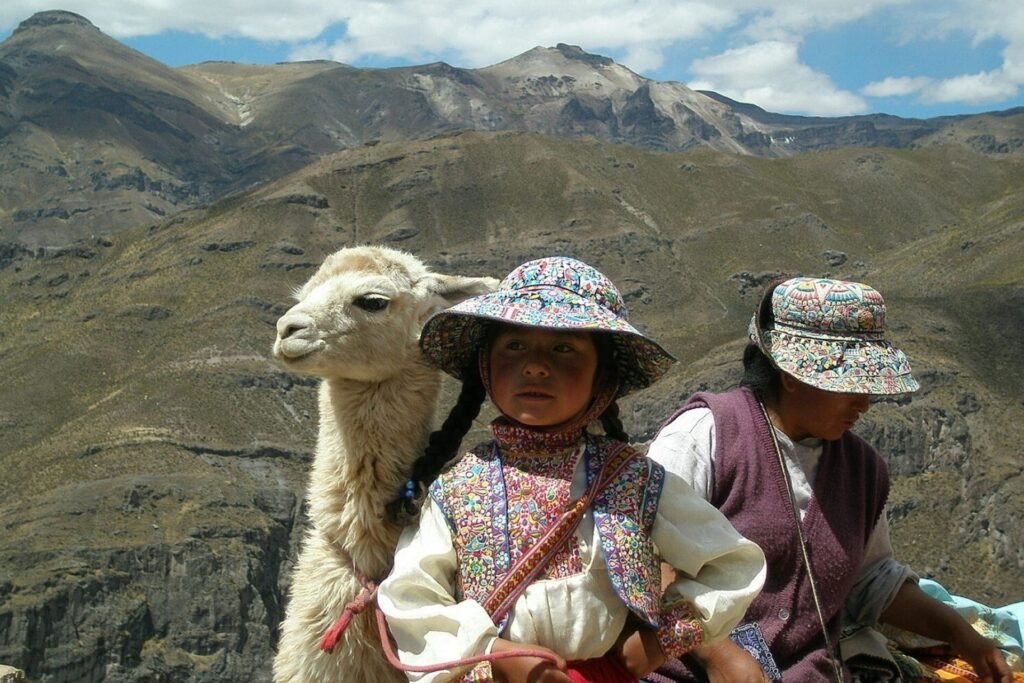
Food and Wine
Peruvian cuisine is characterized by the contamination of various countries that has created a unique culinary tradition and one of the most varied, tasty and delicious cuisines in the world.
Its dishes are based on fish, meat and vegetables and, as in other cuisines of this area of the world, chilli is one of the most used spices to season and flavor dishes.
Here are some of the traditional Peruvian dishes:
Ceviche: it seems to date back to the pre-Columbian era and is made from raw fish or seafood marinated in lime juice and spices, such as coriander and chilli.
In some cases this dish is accompanied by red onion, celery and herbs.
Anticucho: these are beef or chicken nuggets and slices of cow’s heart skewered in bamboo sticks and cooked on the grill or in a pan. They are served with boiled potatoes and corn.
Papa alla huancaìna: boiled potatoes covered with a delicious and velvety sauce made with yellow chillies, milk, oil, fresh cheese, garlic and onion. In addition, you can find sliced hard-boiled eggs and black olives.
Tamal criollo: large rolls of corn dough stuffed and wrapped in corn leaves, banana, avocado or agave, then cooked in hot water or steamed.
They can be stuffed with beef, pork or chicken, or with peanuts or olives or hard-boiled eggs. Here the coriander cannot be missing.
Ajì de gallina: chicken boiled with celery, carrots, onions and oil. The meat is then shredded and sautéed in a sauce made from yellow chillies, a little broth and stale bread soaked in milk. At the end chopped walnuts, boiled potatoes and lettuce are added.
Picante de cuy: This dish is made from rodent meat that is grilled after being marinated with a lot of garlic, pepper, salt, cumin, chilli. It is then flavored with broth and served with a side of boiled potatoes.
Tacu tacu: cooked white rice pancakes and blended beans stuffed with eggs. They are browned in a pan with oil, garlic and chilli until they form a crunchy crust.
Manà: dessert made with egg yolks, powdered milk and powdered sugar. The dough is cooked in high-walled pots, to be molded and left to cool in the refrigerator.
Peruvian Sandwiches: peruvian sandwiches are a must. Among the most famous variants is the Butifarra, made with pork flavored with yellow chilli and onion and accompanied by an avocado cream.
Picarones: is a dessert made up of small sweet potato and pumpkin pancakes, cooked in water flavored with cinnamon, anise, cloves. After cooking in hot oil they are sprinkled with honey.
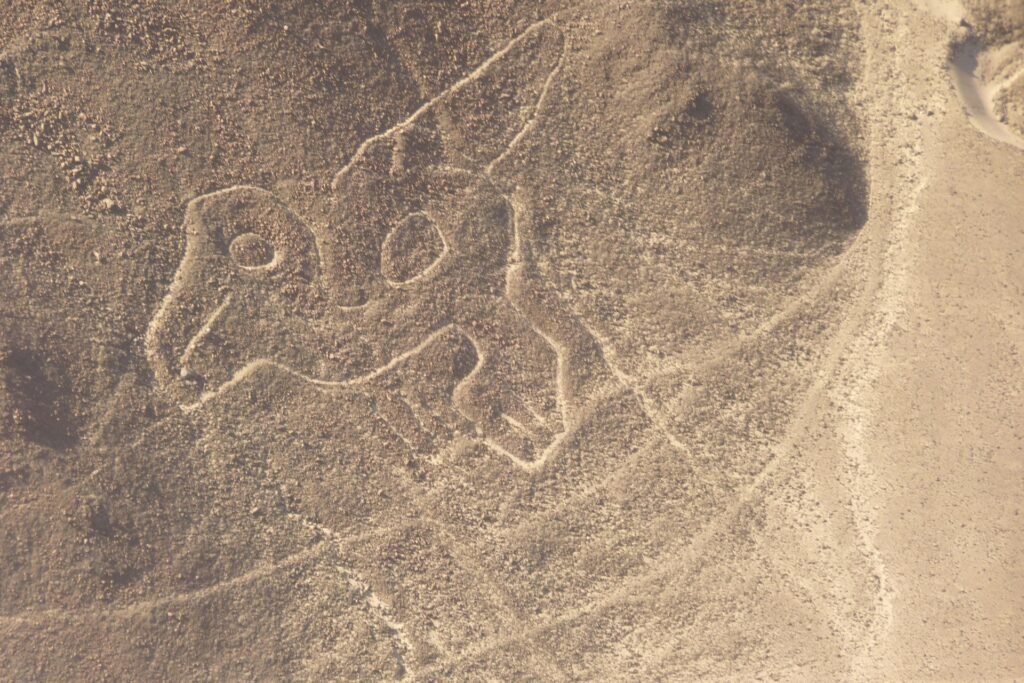
When to go
What is the best time to visit Peru?
The presence of the Andes mountain range and its indented geography make Peru a country of great climatic diversity. So the answer is: it depends on the area.
Coast
From Tacna to Piura: temperate climate. Moderate heat, with high levels of humidity and dense fog in winter. In summer there is little fog and the temperature reaches 30 ° C.
From Piura to Tumbes: hot, very dry climate. Heavy rains from December to April, especially in the higher areas. Average temperature: 24 ° C.
Plateau
The plateau has two seasons: summer (April – October), with sunny days, cold nights and little rain (the ideal time to visit it); and winter (November – March), with abundant rains. During the day, the temperature reaches 24 ° C and at night it reaches -3 ° C.
Forest
Like the plateau, the forest has two marked seasons: rainy season (November March), with abundant rainfall; low rain season (April – October) ideal for visiting them. The humidity level is very high throughout the year. Between May and August, possible “friajes” or “surazos”, cold winds coming from the extreme south of the continent with which the temperature drops to 8 ° -12 ° C.
What to pack
Of course, what to pack for a trip depends on what activities you will do and, above all, on the period when you go there.
Below we give you just a few indications on what absolutely must not be missing.
We generally recommend practical, sporty and informal clothing.
Depending on the season and the area you are going to visit, we recommend warm or light summer clothing.
In any case, always bring a jacket for the evening and a raincoat.
Information
Continent: South America
Capital: Lima
Language: Spanish is the official language. However, 47 indigenous languages are spoken in the country, including Quechua and Aymara.
Currency: the US dollar is accepted in a large number of businesses, restaurants, hotels and gas stations. Foreign currency can be exchanged at banks and money changers (“casa de cambios”). There are also itinerant money changers, where however the correctness of the transaction cannot be guaranteed.
Power sockets and voltage: 220 Volt / 60 Hz. The sockets are type A (American socket with two parallel thin lamellar outputs) and C (European two-pole socket sometimes also used in Italy).
For up-to-date and detailed information visit www.viaggiaresicuri.it
Some tips
Peru is by far one of the largest producers of alpaca wool in the world. You will find alpaca woolen shawls, ponchos and sweaters everywhere.
